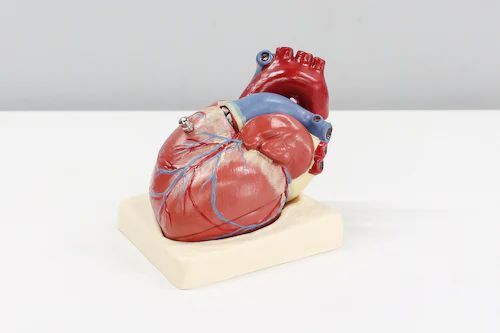What is heart valve disease?
Heart valve disease is a condition where the heart valves do not work as they should. They can either become leaky (regurgitant or incompetent) or narrowed (stenotic). Mild heart valve degeneration is considered a normal part of the ageing process, and it is common to have mild regurgitation of the heart valves as you get older. You can be born with heart valve disease or can develop it later. Heart valve disease affects people from all walks of life and is very common – it is likely if you ask around that you will know someone with heart valve disease!

Symptoms

Treatments








